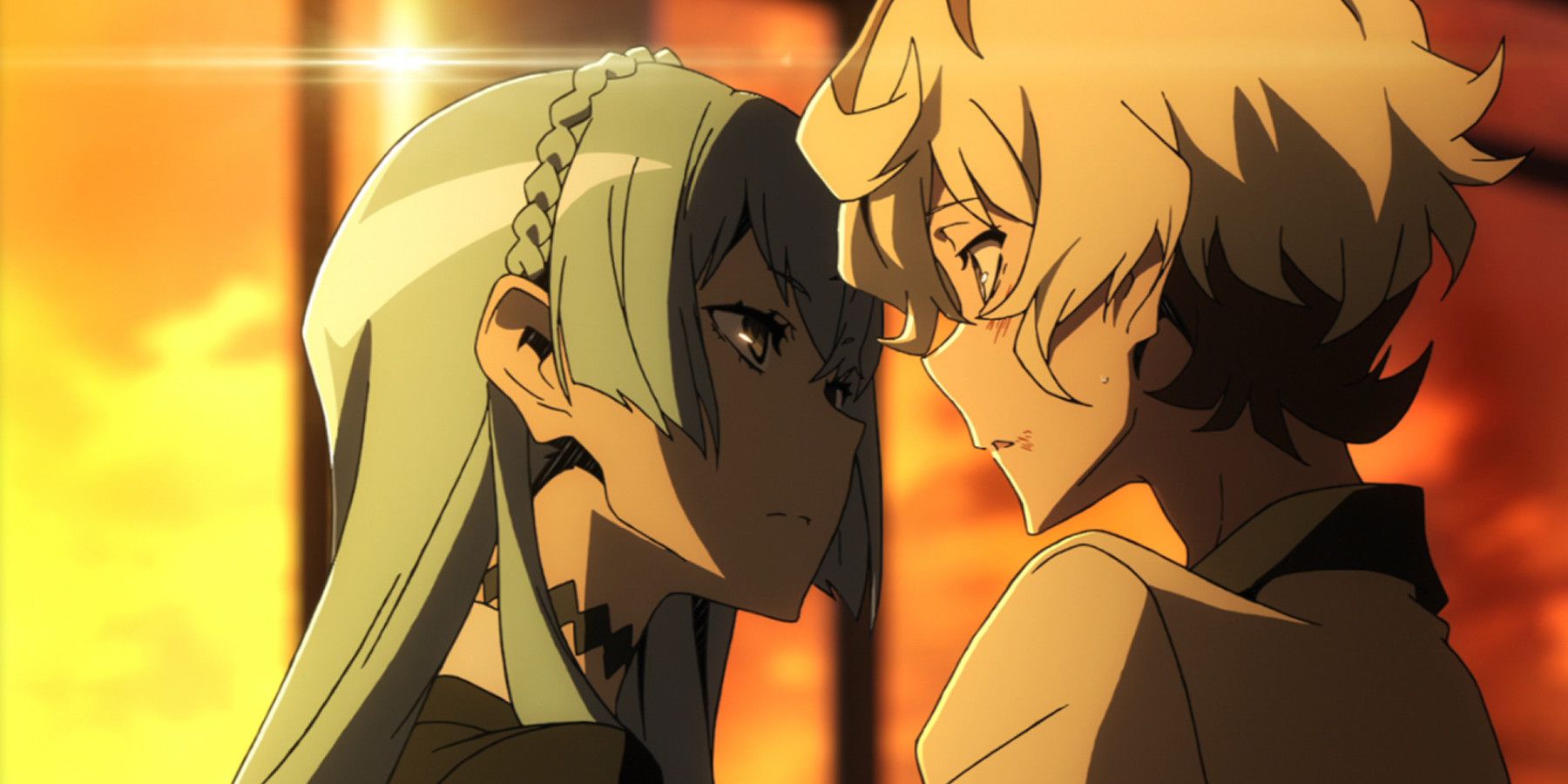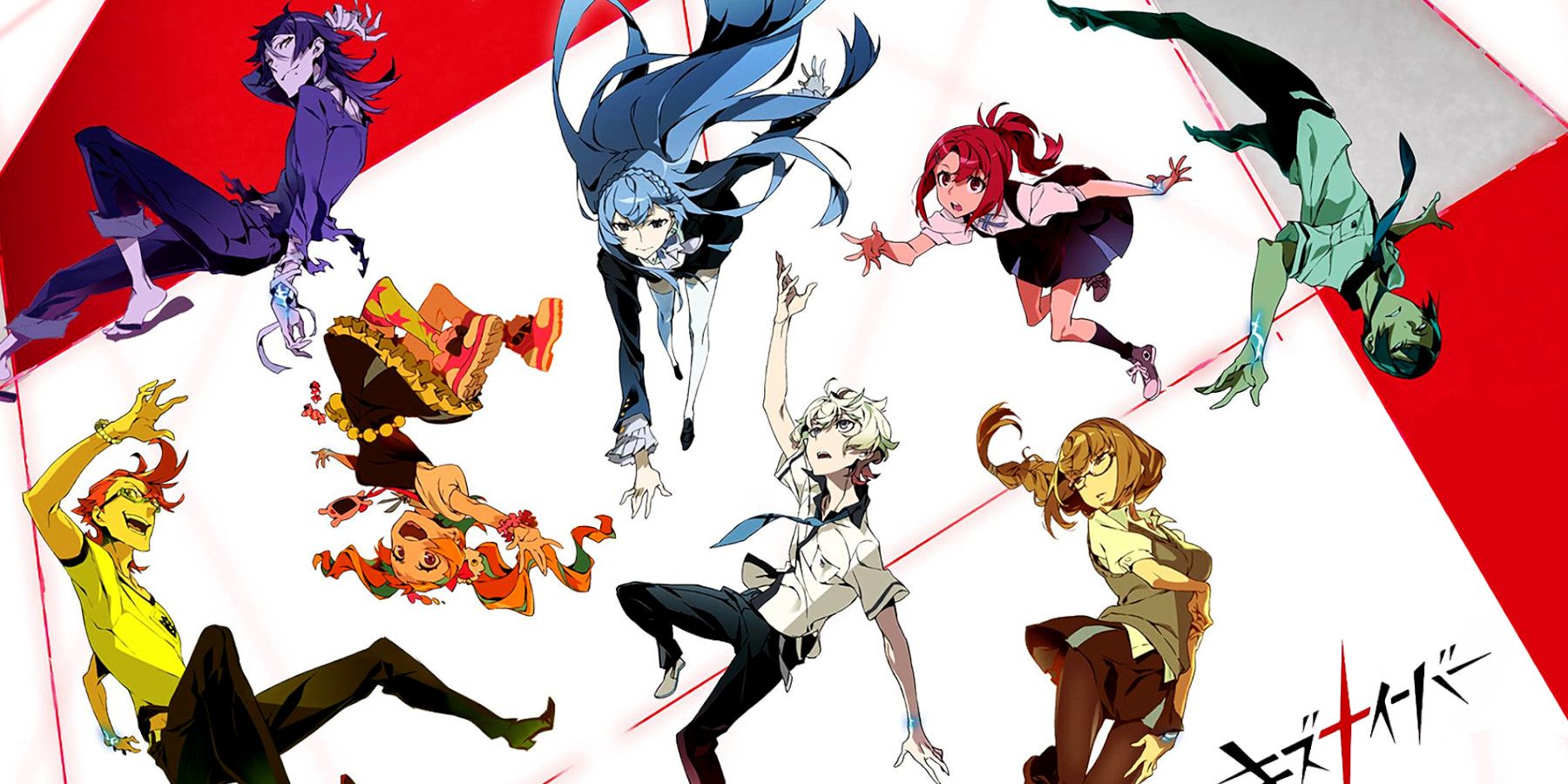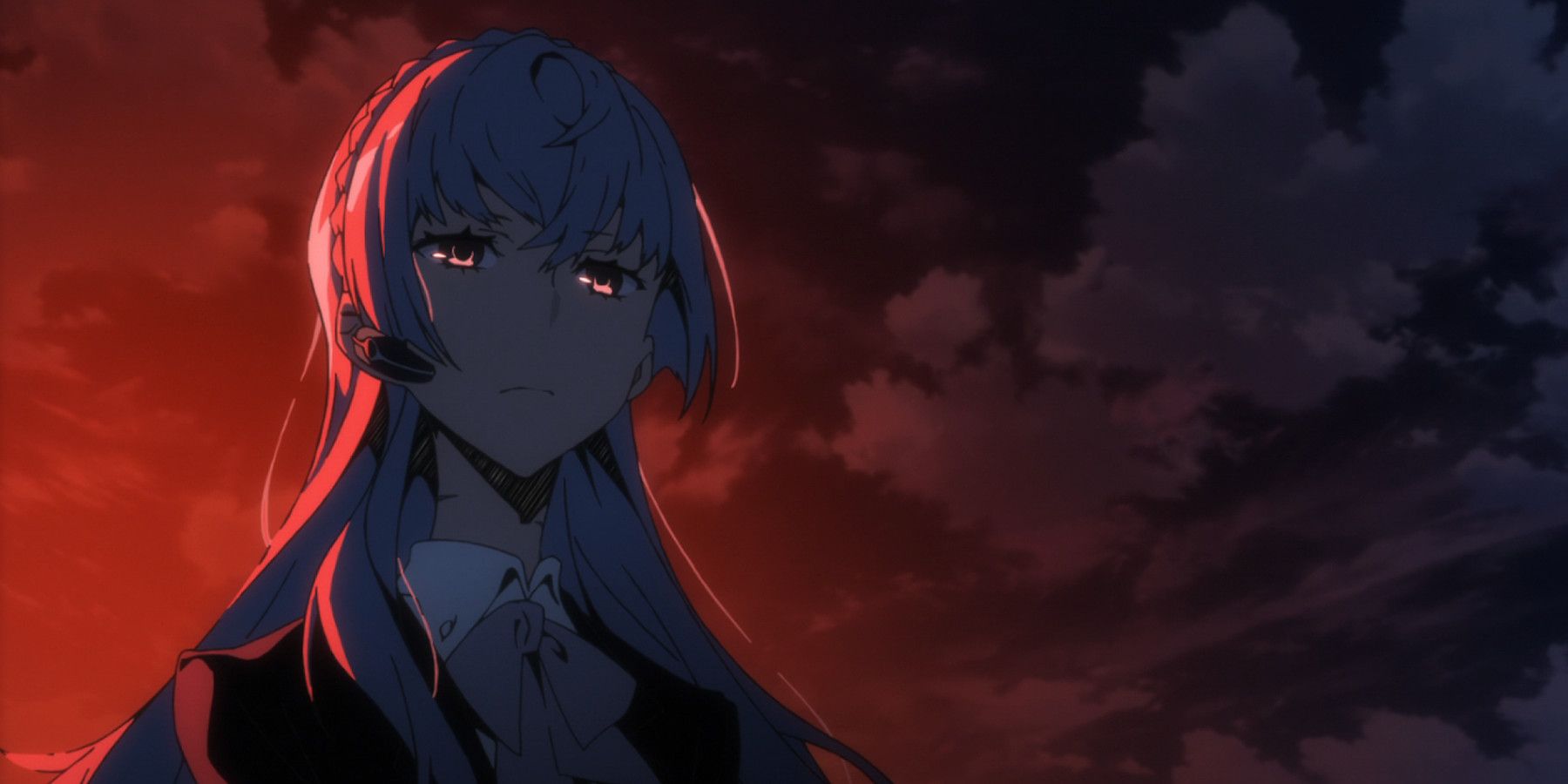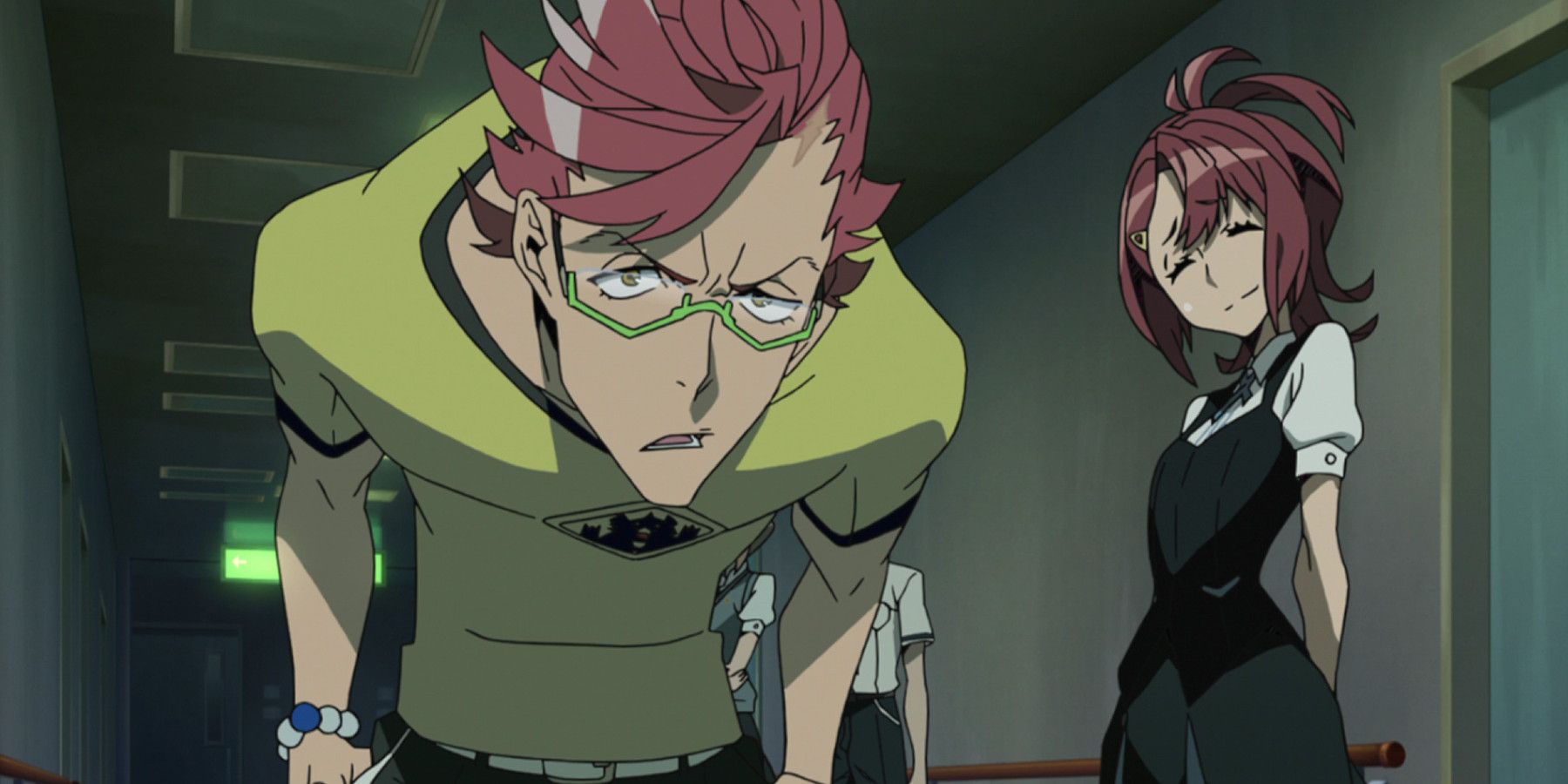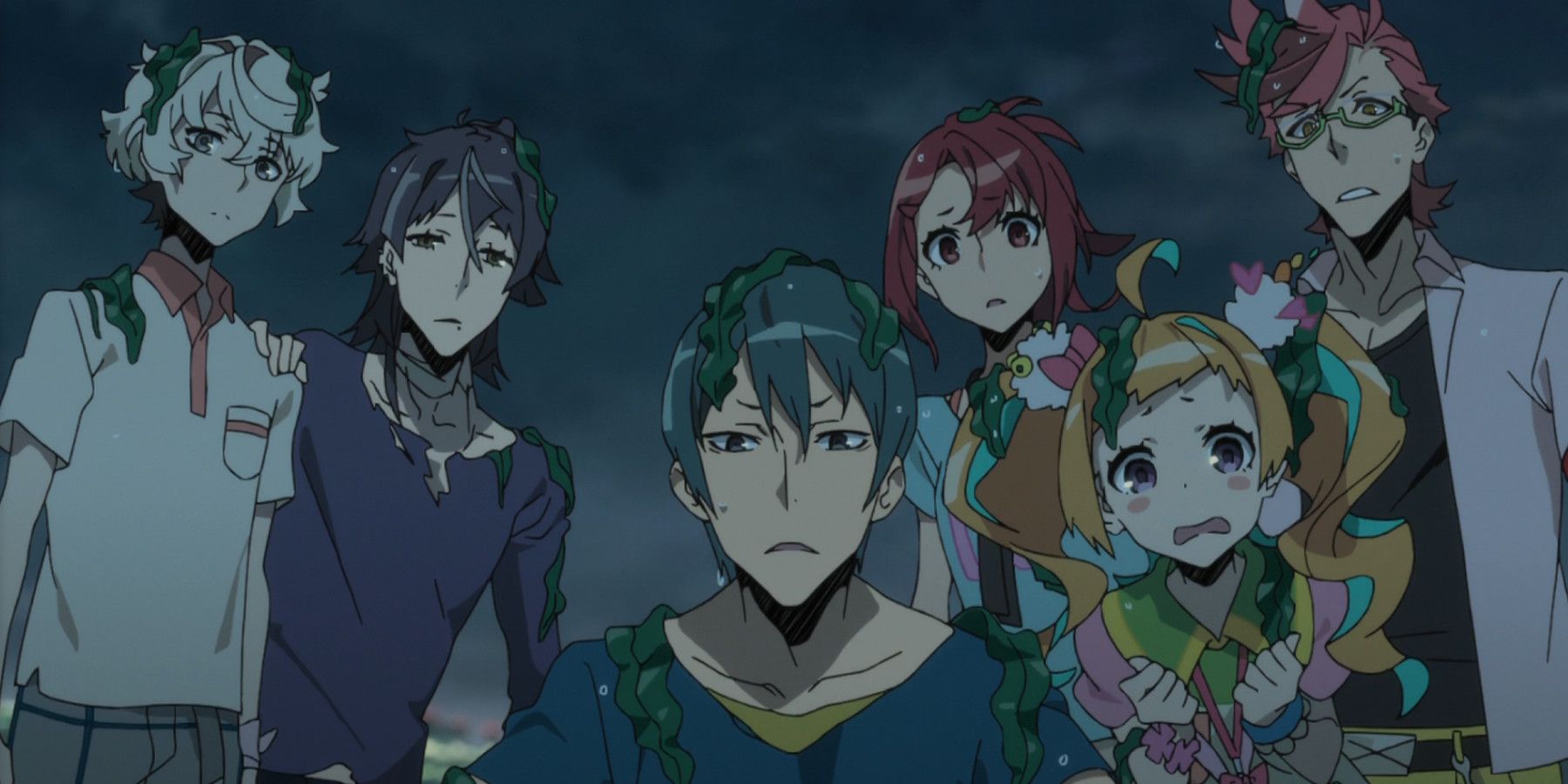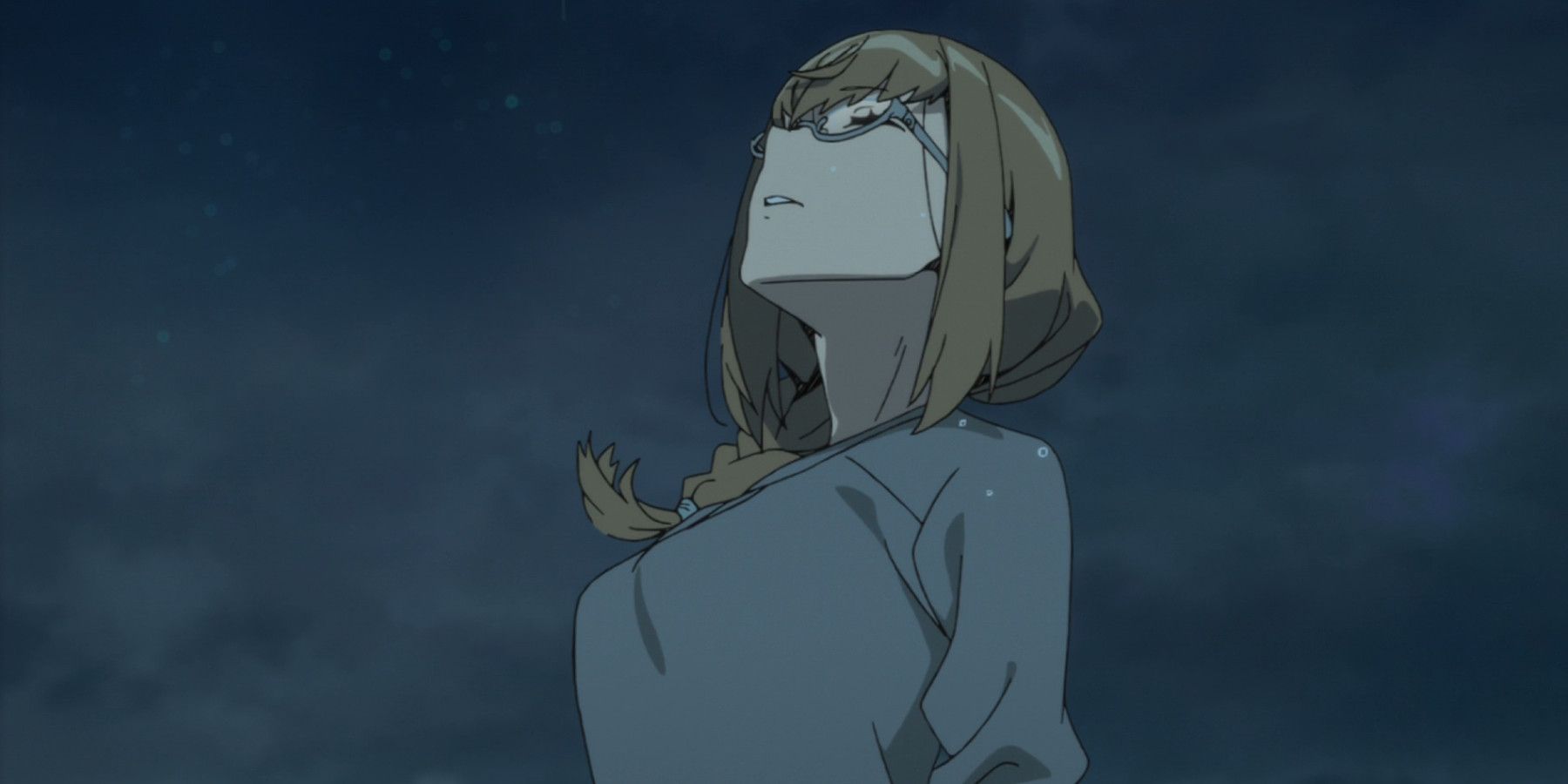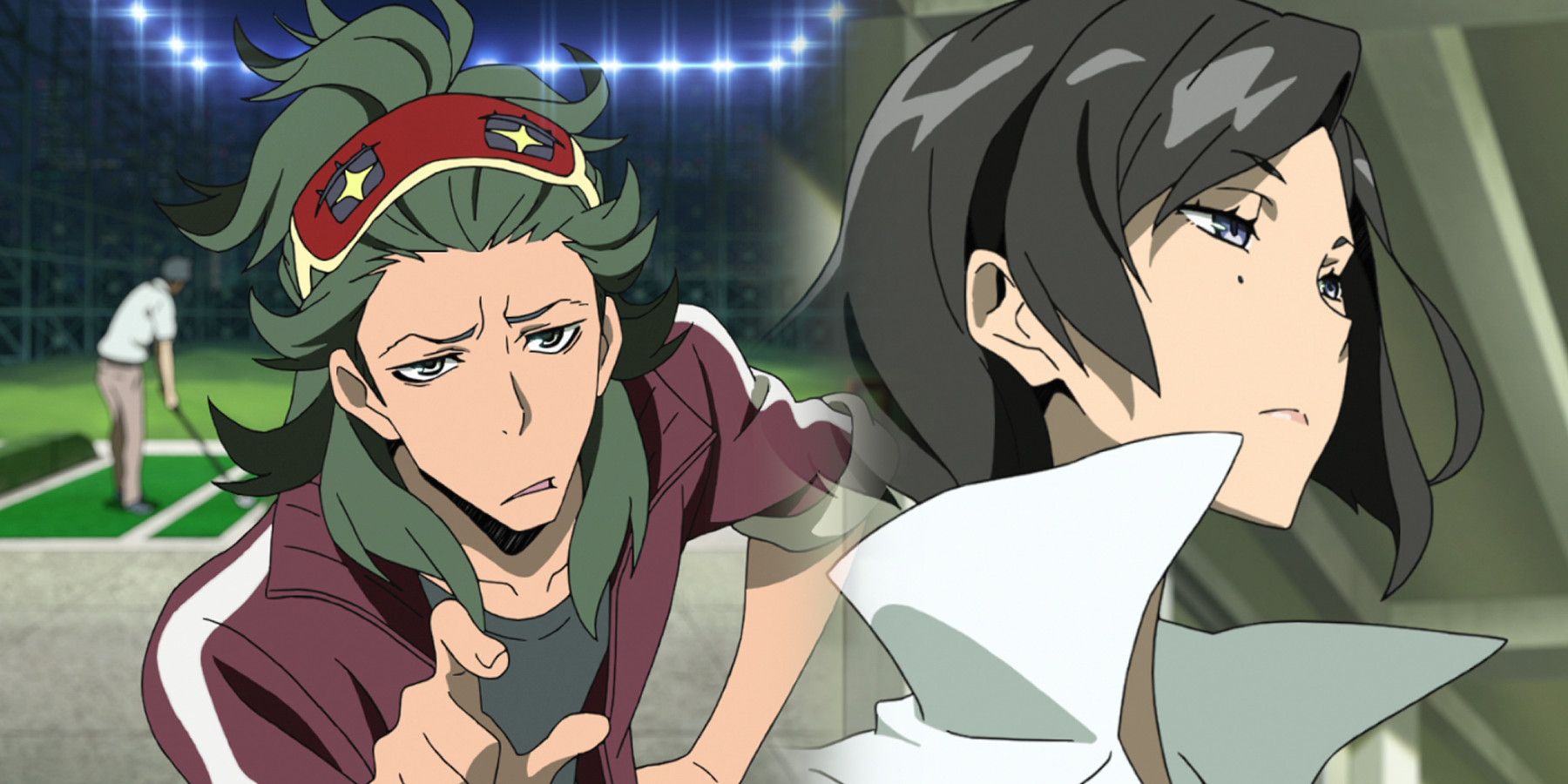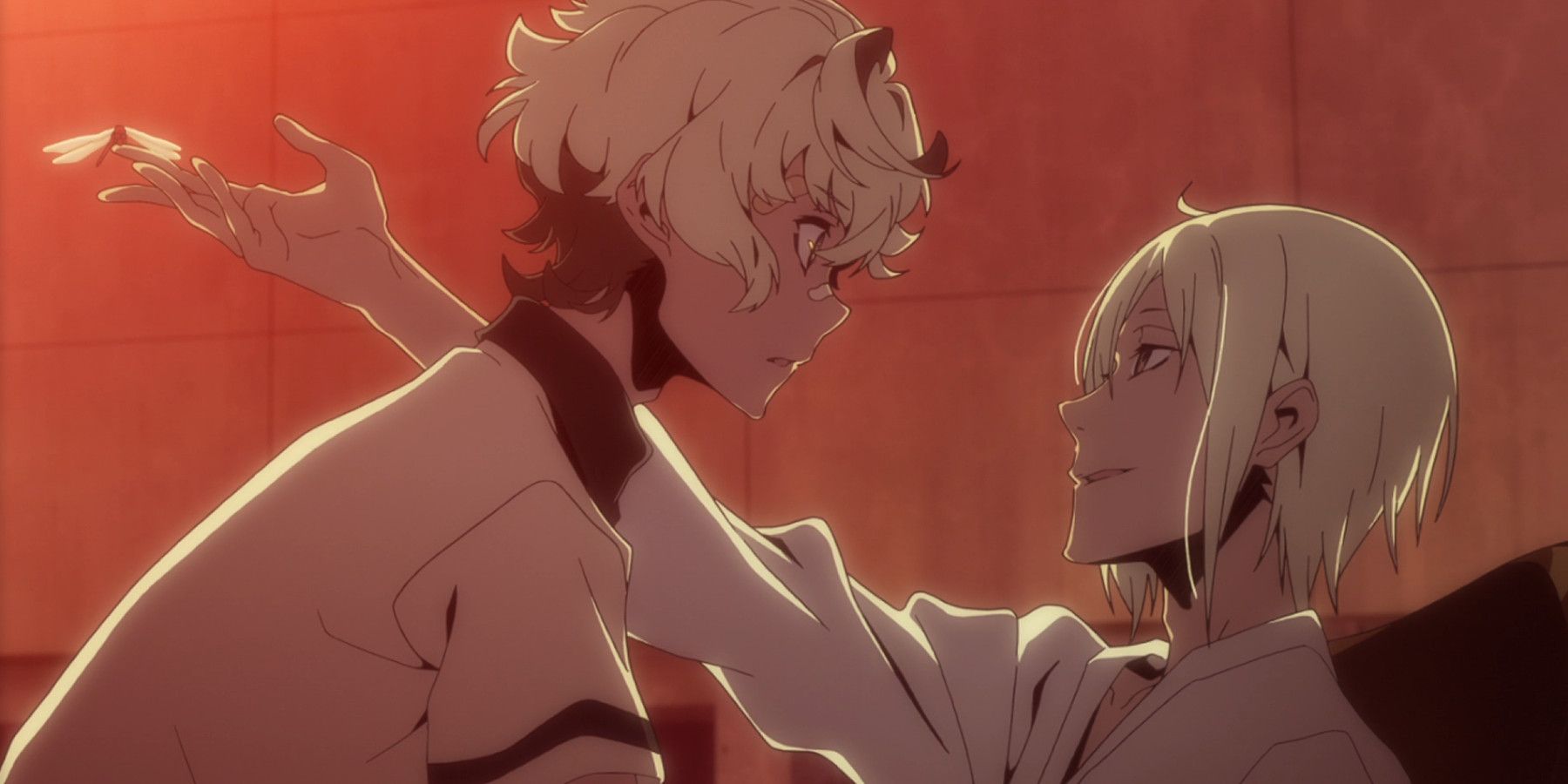It is easy to see the appeal of teen melodrama with its onslaught of heart-wrenching interpersonal drama, just as it's understandable that some find these plots over-dramatic, contrived, or unrealistic. In 2016, Studio Trigger's Kiznaiver aired and seemed to put anime teen melodrama under the microscope, and has something interesting to say about human connection.
Directed by Hiroshi Kobayashi (Mobile Suit Gundam: The Witch from Mercury), Kiznaiver is about seven students living in Sugomori City, a place secretly created for an experiment to achieve world peace. Seven students are selected for this experiment, wherein they will be connected by their wounds for the duration of their summer break.
Beautiful Bonds
Katsuhira Agata is a rather emotionless boy who can't feel pain and who is frequently bullied because of his complacency, something that concerns his childhood friend Chidori greatly. One day, he meets Noriko Sonozaki, an equally reserved girl who tells him about the seven deadly sins and how modern Japanese society has changed the form of these sins.
Each of the main characters symbolizes these sins. In the beginning, there is Tsuguhito Yuta, the "Cunning Normal," Honoka Maki, the "High-and-Mighty," Chidori Takashiro, the "Goody-two-shoes," Nico Niyama, the "Eccentric Headcase," Hajime Tenga, the "Musclehead Thug," and Katsuhiro, the "Imbecile." Finally, a few episodes later, Yoshiharu Hisomu, the "Immoral."
The gang is kidnapped by the bizarre misshapen city mascots and implemented with the Kizna System, a play on both the word Kizu, meaning "wound," and Kizuna, meaning "bond." As "Kiznaivers," one person's pain is divided equally among all participants, and they are stuck together until they can make it through the summer, assuming they don't become friends by then.
Kiznaiver takes a meta look at its own genre, where the characters are forced on missions that feel reminiscent of scenarios seen in other teen dramas. The show could easily have felt derivative were it not for it effectively being a mad science experiment. Thanks to this framing and the characters' reluctance to participate, the storytelling is able to get away with some brute-force development.
So, yes, Kiznaiver's drama can be "forced," but it's more meaningful than that. It can sometimes come off as a critique of teen melodrama made all the more perfect as it is written by Mari Okada, a prolific writer known for writing in such a genre. The characters, as archetypal as they are on the surface, are written well in her hands, and show a good amount of depth.
Of course, the presentation helps a lot as well. Kiznaiver might be one of the prettiest shows that Trigger has ever made, and it's surprising its art isn't talked about as often as other works by the studio. The character designs by Mai Yoneyama take Shirow Miwa's original concepts and adapt them to animation flawlessly, rarely sacrificing the quality of the art for movement.
Whether the characters are running, jumping, or simply emoting wildly, the art direction never fails to imbue their physicality with traces of their personality. Yuta will always move differently from Tenga and so on. Combined with the gorgeous backgrounds and lighting, the series is a delight to watch.
A Faulty System
As good as Okada's script is overall, it certainly front-loads its least appealing qualities, which at least has the benefit of getting the worst out of the way early on. Tenga has two distinctly weird scenes in the early episodes, both involving sexual harassment either attempted or discussed. It only feels worth mentioning because it's during somewhat important scenes and might take the viewer out of the moment in general.
The biggest issues with Kiznaiver involve the characters as they are in the beginning because many of them are imperfect people. But as said before, every mission cleared and wound shared brings them closer together. By the mid-point of the series, when Maki's past came back to haunt her, the cast's collaborative effort to help her reconcile a past loss felt so satisfying and earned.
As an idea, Kiznaiver is a fascinating thought experiment: how might the sharing of pain affect people? By feeling what others feel, wouldn't people be able to empathize easier and perhaps grow closer as a community/society? On paper, it sounds like an anarchic but promising road toward peace, but the circumstances put into question the morality of it all.
After all, the characters didn't choose to partake in the experiment. The people running the experiment, be it Noriko or the two adults, Yamada and Urushibara, are the antagonists in a manner of speaking. Worse still, as the experiment continues, they manufacture drama meant to test the characters' bonds, which by that point already seemed to be going smoothly.
There's even a scene where they decide how to meddle with them based on who has a crush on whom as if they're writers trying to figure out how best to maximize the angst. The script is appropriately critical of the morality of this experiment, despite how it arguably allowed the characters to come together for the better.
Just as this show can be seen as a critique of melodrama, it ultimately argues that these connections shared between the characters are valid, even if what brought them together initially was a contrivance. The heart of the story revolves around Katsuhira and Noriko, whose shared past is unbeknownst to the former and all too familiar to the latter.
Because of their past, gradually revealed over the series, they have difficulty expressing themselves and connecting to others. It's impressive that the two most reserved characters steal the show in a cast full of so many lively characters. It's a testament to the art direction and Kobayashi's directing.
This is a story about yearning to connect, and the misconceptions people have about what it takes to connect to others. Central to all of this is the theme of pain, and the role it has to play in the bonds between people. Pain is by its nature something people avoid, but it's also unavoidable in the grand scheme of life, and without it, life probably wouldn't be the same.
Kiznaiver's Legacy
All these years on, Kiznaiver has somewhat been overlooked in favor of newer and bigger Trigger projects. Some who remember it might dismiss it as just another pretty experiment from a studio still finding its footing amidst tons of hype and expectations. But looking back on the series, it seems far too pretty and far too well-made to simply be written off.
More importantly, in the end, it ends up being a far more mature romance story than most might have expected from a studio like Trigger. As the series continues, the pain the characters share is far from just physical, and it leaves the characters to analyze not just what has hurt them, but how they hurt others and themselves. It leads to some great introspection.
This show never breaks new ground per se, and outside the clever framing device that is the Kizna System, it might not grab everyone the same, but it's a well-told spin on a classic formula. Recently, I wrote about how Trigger should mix up its writers to create new stories with the same "Trigger feel." While Mari Okada is certainly not new to the industry, perhaps Kiznaiver is the kind of production that we could use more of from this studio.

